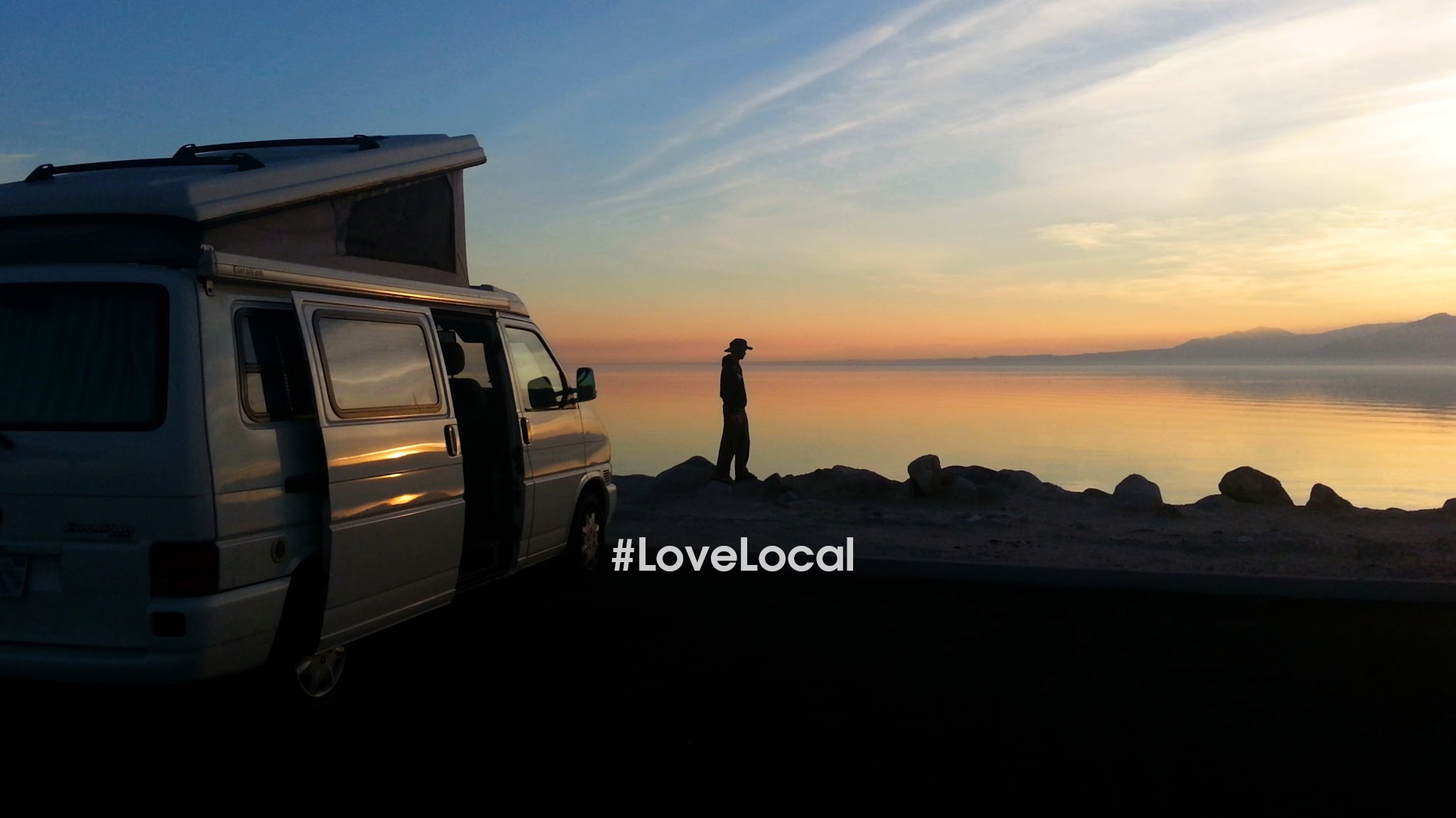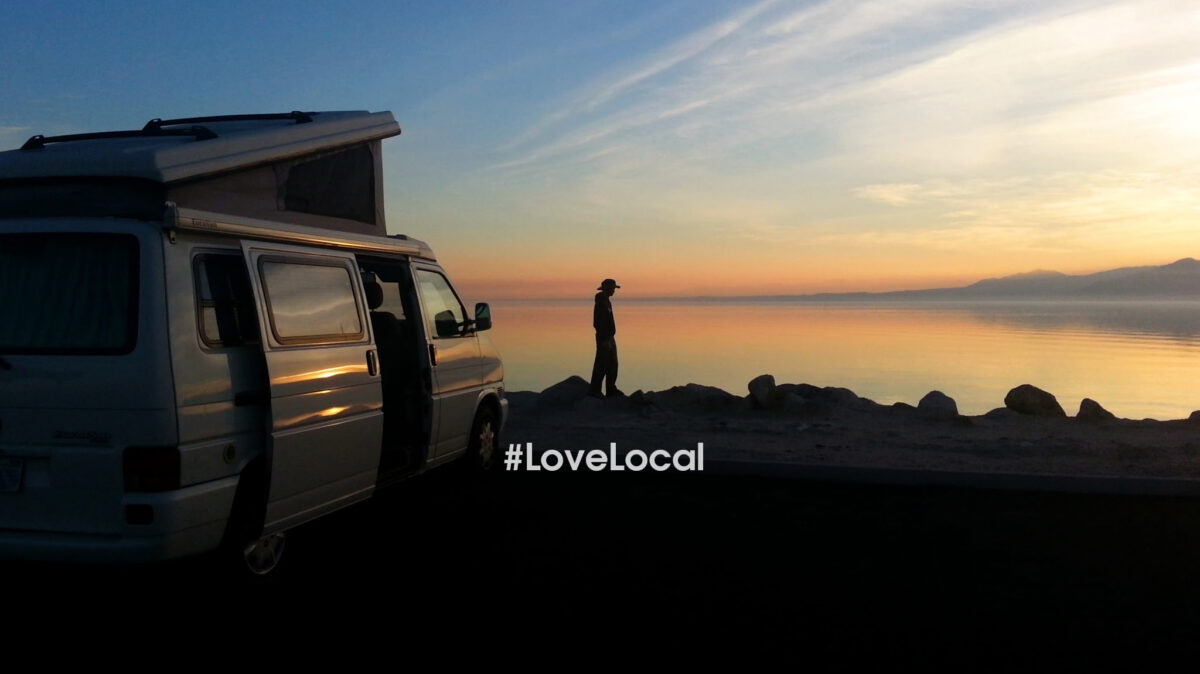NoCal. SoCal. LoCal.

I’ve lived in California for over 30 years. And if there’s one thing you pick up fast here, it’s the regional rivalry: NoCal vs. SoCal. It’s not just geography—it’s a vibe.
In the north, folks swear by redwoods, farmer co-ops, and fog-draped coastlines. Down south, it’s all about year-round sunshine, fish tacos, and laid-back sprawl. There’s a bit of good-natured side-eye in both directions. But over time, I found myself leaning into something else entirely.
For the past 10 years, I’ve been living in LoCal—or should I say local.
What We Save Starts With What We See (Sea)
It started with the Salton Sea. I found myself drawn to its quiet edges, then drawn into the efforts to save it. My way of helping? Reframe the narrative. Changing the conversation—showing others the beauty worth preserving right here in our own backyard. That perspective shifted something big in me. I started thinking about everything in my backyard—especially the food. And I started asking: what does local really mean?
Turns Out, It Starts In Your Own Kitchen
Supporting local isn’t just a philosophy. It became part of how I cook. The farmers market down the road, the street fairs on weekends, the small family farms making fresh jams—these became my go-to sources. The flavor difference was undeniable. But it was more than that—it felt good to know the story behind my food. To know it didn’t just land on my plate; it came from someone’s nearby field or hands.
That shift changed how I see the food supply chain. Because let’s be honest—most of us are eating food that’s racked up more frequent flyer miles than we have.
First Class Produce
Take the well-traveled tomato that isn’t local. It’s picked early, long before it’s ripe. It’s packed up, refrigerated, shipped hundreds (if not thousands) of miles, maybe even across borders. Along the way, it’s treated to look ripe with controlled gases or artificial lighting. By the time it hits your grocery cart, it looks right—but it rarely tastes right.
And that flavor loss isn’t the only cost. Think: fossil fuels from shipping, cooling, storing. Packaging waste. Lost nutrients. All so we can eat food out of season, from places we’ll never see.
Now compare that to biting into a tomato picked that morning. It’s sweet, sharp, and alive in your mouth. Your brain lights up. And somewhere deep inside, you remember—this is what food is supposed to taste like.
We’ve been conditioned to accept the bland version as normal. But the good stuff? It’s just a short drive away.
Let The Rhythm Move You
Eating local isn’t about perfection. It’s about connection. To the land, to the people growing your food, and to the rhythms of your region. It is the heart of local.
And here’s the best part: local food supports more than your palate. It uplifts small farms. Strengthens community economies. Reduces environmental impact. It’s a remix of old-school values with modern know-how.
So wherever you call home, we encourage you to love LoCal too. #lovelocal
What’s Your Take?
Have do you love local? Share your best local story on our IG @remixology
